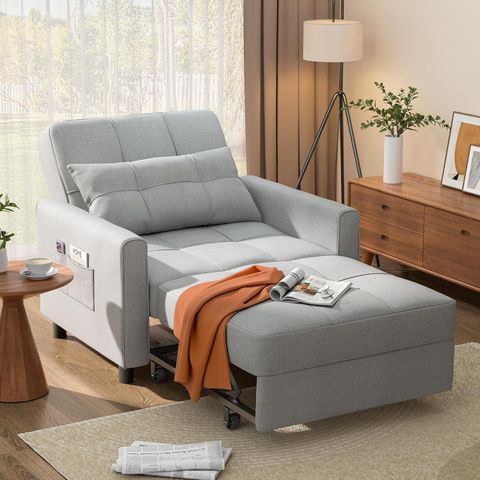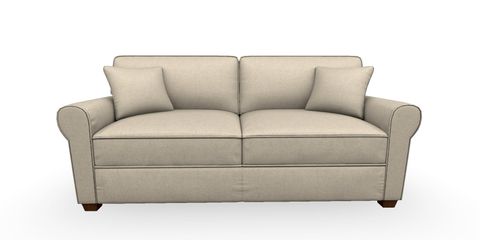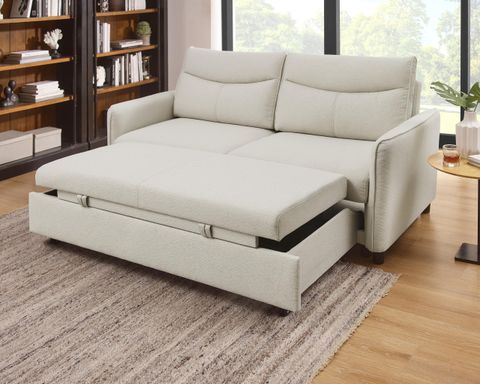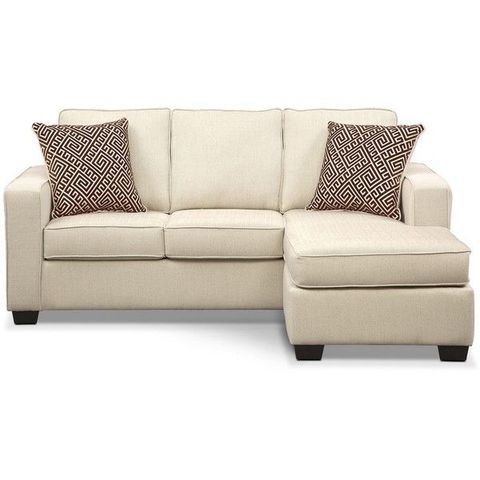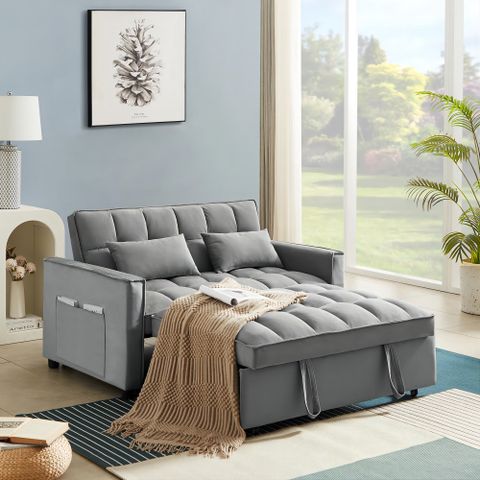We all understand that sleep is vital. It’s when our bodies repair, our brains consolidate memories, and our spirits renew. But what does it actually take to get truly restful sleep? This guide goes beyond the basics, giving you practical insights to help you master the art of sleeping well, and waking up feeling amazing. It’s time to reclaim your nights and energize your days.
In a world that seems to never stop, the value of sleep is often underestimated. We run on caffeine, sacrifice hours to work, and scroll through our phones until the wee hours of the morning. But the truth is, prioritizing sleep is one of the best investments you can make in your overall well-being. It impacts everything from your mood and energy levels to your physical health and cognitive function. This isn’t just about counting sheep; it’s about understanding the science of sleep and implementing strategies for better rest. Let’s dive in and see how you can transform your sleep and, consequently, your life.
The Foundations: Understanding Sleep Stages & Cycles
Sleep isn’t a single, uniform state. Instead, it’s a dynamic process that moves through different stages, each with its own unique characteristics. There are generally four stages of non-rapid eye movement (NREM) sleep, that progressively get deeper, followed by rapid eye movement (REM) sleep, where dreaming is most active. Understanding these stages can help you appreciate the complexity of sleep and how different factors can disrupt it.
- Stage 1 (NREM): This is the lightest stage, a transition from wakefulness to sleep. You might experience brief muscle twitches. It’s easy to be awaken, and it only lasts for a few minutes.
- Stage 2 (NREM): Your heart rate slows and your body temperature drops. Brain wave activity slows down, and you become less aware of your surroundings.
- Stages 3 and 4 (NREM): These are the deepest stages of sleep, also known as slow-wave sleep. Your body repairs itself, and it’s difficult to wake you up. This is when growth hormone is released.
- REM Sleep: Your eyes move rapidly beneath your eyelids, and your brain becomes more active. This is when most dreaming occurs, and your body is essentially paralyzed to prevent you from acting out your dreams. REM sleep is essential for memory consolidation and learning.
A complete sleep cycle typically lasts around 90 minutes, and you’ll go through several cycles each night. Disruptions to any of these stages can negatively impact your overall sleep quality and leave you feeling tired during the day. And these disruptuions can cause a lot of problems.
Establishing Good Sleep Hygiene: Your Nightly Ritual
Sleep hygiene is the set of practices and habits that promote good sleep. It’s about creating an environment and routine that signals to your body that it’s time to rest. Here are some key elements:
- Consistent Schedule: Go to bed and wake up at the same time every day, even on weekends, to regulate your body’s natural sleep-wake cycle (circadian rhythm).
- Relaxing Bedtime Routine: Wind down with calming activities like reading, taking a warm bath, or listening to soothing music. Avoid screen time for at least an hour before bed, as the blue light emitted from devices can interfere with sleep.
- Optimal Sleep Environment: Make sure your bedroom is dark, quiet, and cool. Use blackout curtains, earplugs, or a white noise machine to minimize disturbances.
- Diet and Exercise: Avoid caffeine and alcohol, especially close to bedtime. Regular exercise can improve sleep quality, but avoid intense workouts right before you go to sleep.
- Comfortable Bedding: Invest in a comfortable mattress, pillows, and bedding that suit your preferences. Make sure your bed is a haven for rest, and it’s a place you can feel calm, not stressed.
By incorporating these habits into your daily life, you can significantly improve your chances of getting a good night’s sleep.
The Role of Diet and Nutrition in Sleep
What you eat and drink can have a significant impact on your sleep. Certain foods and beverages can promote sleep, while others can disrupt it. Think of your body like a car. If you put bad gas in it, it’s not going to run as well.
- Foods to Embrace:
- Foods rich in tryptophan: Tryptophan is an amino acid that the body uses to make melatonin, a hormone that regulates sleep. Foods like turkey, chicken, nuts, and seeds are good sources.
- Complex carbohydrates: Complex carbohydrates can help promote sleep. Try eating a small snack like whole-grain crackers with a bit of protein before bed.
- Magnesium-rich foods: Magnesium can help relax muscles and calm the nervous system. Include foods like leafy green vegetables, nuts, and seeds in your diet.
- Foods to Limit:
- Caffeine: Avoid caffeine in the afternoon and evening, as it can interfere with your ability to fall asleep.
- Alcohol: While alcohol may make you feel sleepy initially, it can disrupt your sleep later in the night.
- Heavy meals: Eating a large meal close to bedtime can make it difficult to fall asleep.
- Hydration: Drink enough water throughout the day, but limit fluids before bed to avoid frequent trips to the bathroom.
Addressing Sleep Disorders: When to Seek Help
Sometimes, despite our best efforts, sleep problems persist. This could be a sign of an underlying sleep disorder. If you’re experiencing any of the following, it’s important to talk to your doctor:
- Insomnia: Difficulty falling asleep, staying asleep, or waking up too early, despite having the opportunity to sleep.
- Sleep Apnea: A condition in which you repeatedly stop and start breathing during sleep.
- Restless Legs Syndrome (RLS): An overwhelming urge to move your legs, often accompanied by uncomfortable sensations.
- Narcolepsy: A neurological disorder characterized by excessive daytime sleepiness and sudden attacks of sleep.
Your doctor may recommend a sleep study to diagnose a sleep disorder. Treatment options vary depending on the specific condition but may include lifestyle changes, medication, and/or therapy. It’s vital to get the support you need to regain control of your sleep and your health. Remember, you are not alone and seeking professional help is a sign of strength, not weakness.
The Power of Mindfulness and Relaxation Techniques
Stress and anxiety are common culprits behind sleep disturbances. Practicing mindfulness and relaxation techniques can help calm your mind and body, making it easier to fall asleep and stay asleep. This is a great way to take control of your mind.
- Meditation: Regular meditation can reduce stress and improve sleep quality. Even a few minutes of meditation each day can make a difference.
- Deep Breathing Exercises: Deep breathing can help calm your nervous system and promote relaxation. Try taking slow, deep breaths, focusing on your inhale and exhale.
- Progressive Muscle Relaxation: This technique involves tensing and releasing different muscle groups in your body, helping you to release physical tension.
- Yoga and Tai Chi: These practices combine physical postures, breathing exercises, and meditation to promote relaxation and improve sleep.
Incorporating these techniques into your bedtime routine can create a sense of calm and prepare your body for sleep. These methods can be used in the day as well.
Creating a Sleep-Friendly Bedroom: Your Sanctuary for Rest
Your bedroom should be a sanctuary, a place where you feel safe, comfortable, and relaxed. Creating a sleep-friendly environment can significantly improve your sleep quality. Here’s how:
- Darkness: Use blackout curtains, blinds, or an eye mask to block out light. Light can disrupt your body’s natural sleep-wake cycle.
- Quiet: Minimize noise by using earplugs, a white noise machine, or a fan. A quiet environment promotes a more restful sleep.
- Cool Temperature: Keep your bedroom temperature cool, ideally between 60 and 67 degrees Fahrenheit (15.5 and 19.4 degrees Celsius). Cooler temperatures signal to your body that it’s time to sleep.
- Comfortable Bedding: Invest in a comfortable mattress, pillows, and bedding that suit your preferences. Ensure your bed is a place where you can feel at ease, and it’s a place you can feel safe, not stressed.
- Minimize Electronic Devices: Avoid using electronic devices in your bedroom. If you must use them, turn off the screen and set it on a timer. The blue light from devices can interfere with sleep.
By creating a sleep-friendly bedroom, you can send a clear signal to your body that it’s time to rest and rejuvenate.
Getting better sleep isn’t just about the number of hours you spend in bed; it’s about the quality of that sleep. By understanding the science of sleep, establishing good sleep hygiene, and addressing any underlying sleep disorders, you can unlock the power of restorative rest. Remember that sleep is not a luxury; it is a necessity. Prioritizing sleep is an investment in your overall health, well-being, and quality of life. Start small, be patient with yourself, and celebrate every step you take toward a more restful and revitalized you. Sweet dreams, and may your nights be filled with peaceful slumber and your days with renewed energy.



